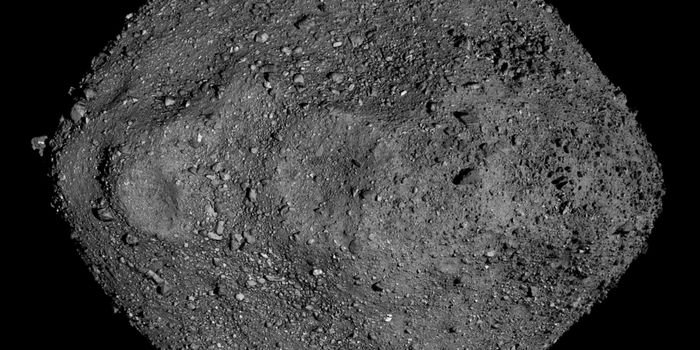Planet-wide Rainstorms Created Lakes on Ancient Mars
Researchers from the University of Texas have found that a huge amount of liquid water likely rained down from the skies onto Mars to form its now-empty lakes between 3.5 and 4 billion years ago.
"This is extremely important because 3.5 to 4 billion years ago, Mars was covered with water. It had lots of rain or snowmelt to fill those channels and lakes," says Gaia Stucky de Quay, lead author of the study. "Now it's completely dry. We're trying to understand how much water was there and where did it all go."
While it is extremely difficult to model Mars' climate from so long ago, studies on both the planet's geomorphology and chemistry suggest it once held a lot of water both from rainfall and snowmelt.
For the new study, the researchers examined 96 lakes and their watersheds on Mars from satellite images and typography. They were either classified as 'open basins', having been ruptured by overflowing water or 'closed basins', still intact and free from ruptures. Assessing the basins allowed the researchers to see how much rainfall and snowmelt were needed to fill them without being breached and see them overflow
Where the same river fed closed and open basins, the researchers could predict both the maximum and minimum rainfall that had fallen. As such, in just one rainstorm- which could have lasted from just a few days to thousands of years- the researchers estimated that precipitation could have been between 4 and 159 meters.
Although the effects of water can be seen all over the planet, as some lakes were located in more arid regions, they likely received less water than the more humid areas.
While the researchers say that their findings may help improve and test our climate models for Mars, they say that they are inconclusive by themselves. This comes especially when considering other research suggesting that these valleys were carved by icy glaciers and metwaters beneath ice sheets as opposed to running water.
Sources: University of Texas, Science Alert, LabRoots, Geology









